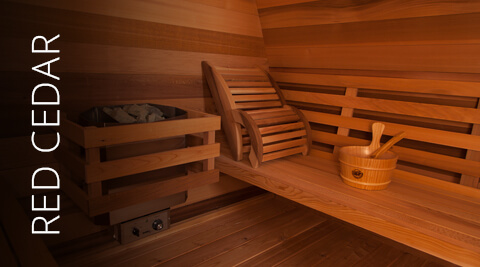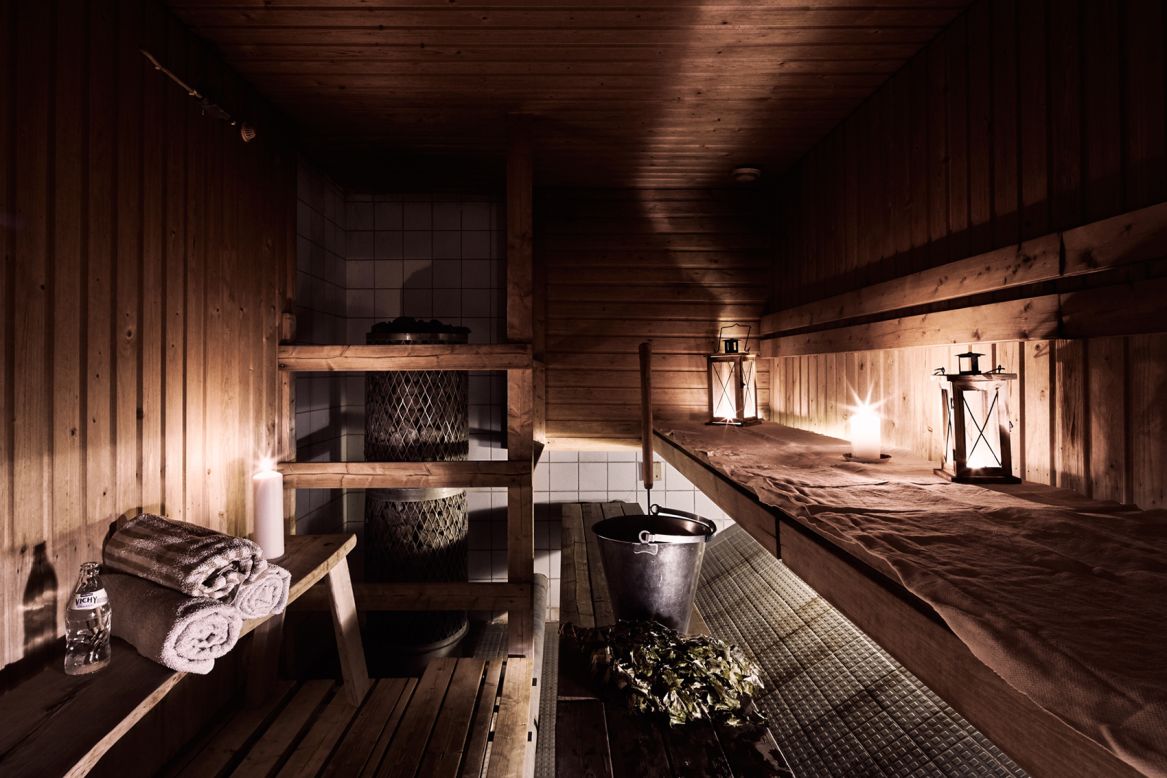The Definitive Guide to Traditional Sauna
The Definitive Guide to Traditional Sauna
Blog Article
Our Traditional Sauna PDFs
Table of ContentsNot known Details About Traditional Sauna The smart Trick of Traditional Sauna That Nobody is Talking AboutGetting The Traditional Sauna To WorkThe smart Trick of Traditional Sauna That Nobody is DiscussingThe Only Guide to Traditional Sauna
The majority of the weight lost in a sauna is water loss and is re-gained upon rehydrating. Without a question sauna can be a vital component of a healthy weight loss program. To consider the distinctions between conventional and IR saunas, I will divide these right into verifiable, theoretical, and made distinctions.Therefore, the most popular factor in the saunawhich goes to the ceiling straight over the sauna heateris generally between 185 and 190 F. Claims that a traditional sauna goes beyond 200 F is merely not real and not applicable for electric saunas marketed in the US. The temperature for a far-infrared sauna is normally established in between 120 and 140 F; nevertheless, unlike the standard sauna, the goal in and IR space is not to accomplish a high temperature level.
Since of this, the temperature level distinction is virtually unnecessary, considering that profuse sweating results in both sauna types, yet the approach of heating up the body is different. In an IR sauna the bather will certainly feel hot and will sweat a lot, but at much lower temperature levels (Traditional Sauna). Thus, if the goal is to spend longer amount of times in the sauna, the IR sauna is a good choice
When a traditional sauna has been appropriately warmed, the sauna wall surfaces are warm, the air temperature has actually achieved established temperature level and the rocks are super warmed. As a fascinating side note, the warmed walls and the rocks are emitting far-infrared warm, integrated with the heated air, to create an "covering warmth".
Traditional Sauna Things To Know Before You Get This

When the heat is achieved, the elements cycle on and off to preserve the heat. Most traditional sauna individuals enjoy pouring water over the rocks to create heavy steam to increase sauna humidity levels. The advantages of putting water over the rocks consist of: making the space a lot more comfortable, dampening the nasal flows, and enabling the usage of aromatherapy by mixing vital oils with the water.

When the power enters the body, it causes the body temperature level to raise and inevitably causes perspiration. In an infrared sauna it is essential for the emitters/heaters to remain on virtually constantly. Given that there is no mass of rocks to retain heat, the sauna will certainly cool down if the emitters closed off.
As mentioned over, the sauna bather in an infrared area wishes to place himself before running emitters to obtain optimal take advantage of the warm. The heating time for both areas can be extremely different, relying on how the areas are used. For a conventional sauna, a bather ought to allow 30-40 mins for the area to attain a desired temperature level and to effectively pre-heat the rocks.
See This Report about Traditional Sauna
A well built sauna will usually attain a temperature of 150-160 F in about 30-40 minutes. For hotter temperature levels, the space may need to warmth for a longer duration.

Conventional saunas have a tendency to be bigger (therefore make use of more power) than infrared saunas, although standard saunas are definitely available in one and 2 person dimensions as well. For a two-person traditional sauna, 5x6 or 5x7 size is most prominent. The top bench can easily seat 2 or three individuals and is also enough time to lie down throughout the sauna session.
The Buzz on Traditional Sauna
The ordinary expense per kWH of power in the united state is approximately $0.11, see it here so a 4.5 kW heater will set you back about $.50 to why not try these out compete one hour, if the heating unit runs constantly for one hour. Commonly a sauna heater will certainly run for 75% of the first hour and 50% of subsequent hours on considering that the elements cycle once the set temperature level is achieved.

Ultimately, there is a rarely discussed distinction in the social experience between the two rooms. While our culture has actually lost several of the social benefit of the traditional sauna experience, it can be very socially satisfying (Traditional Sauna). From family members time in the sauna, to heart-felt conversations with better halves, to sauna partiesthe typical sauna experience can result in intimate interacting socially
Traditional Sauna for Beginners
Most higher end infrared areas include colored light therapy, sound systems and full-glass fronts.
Report this page